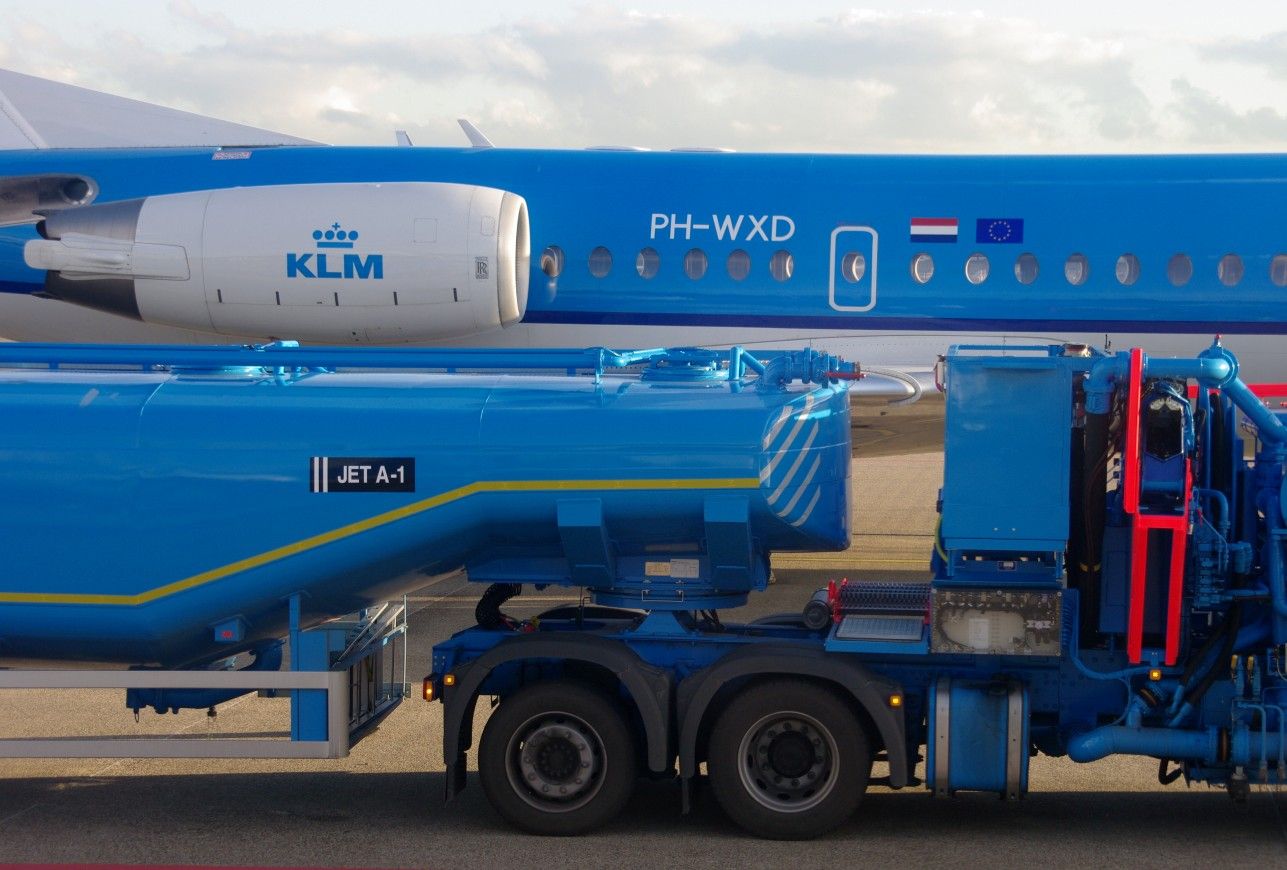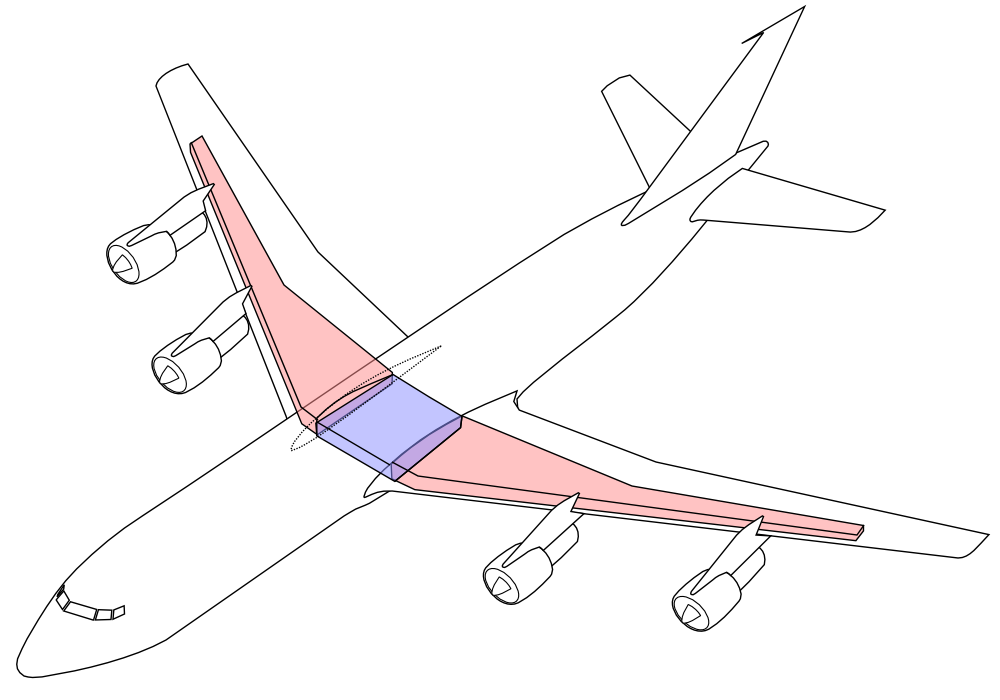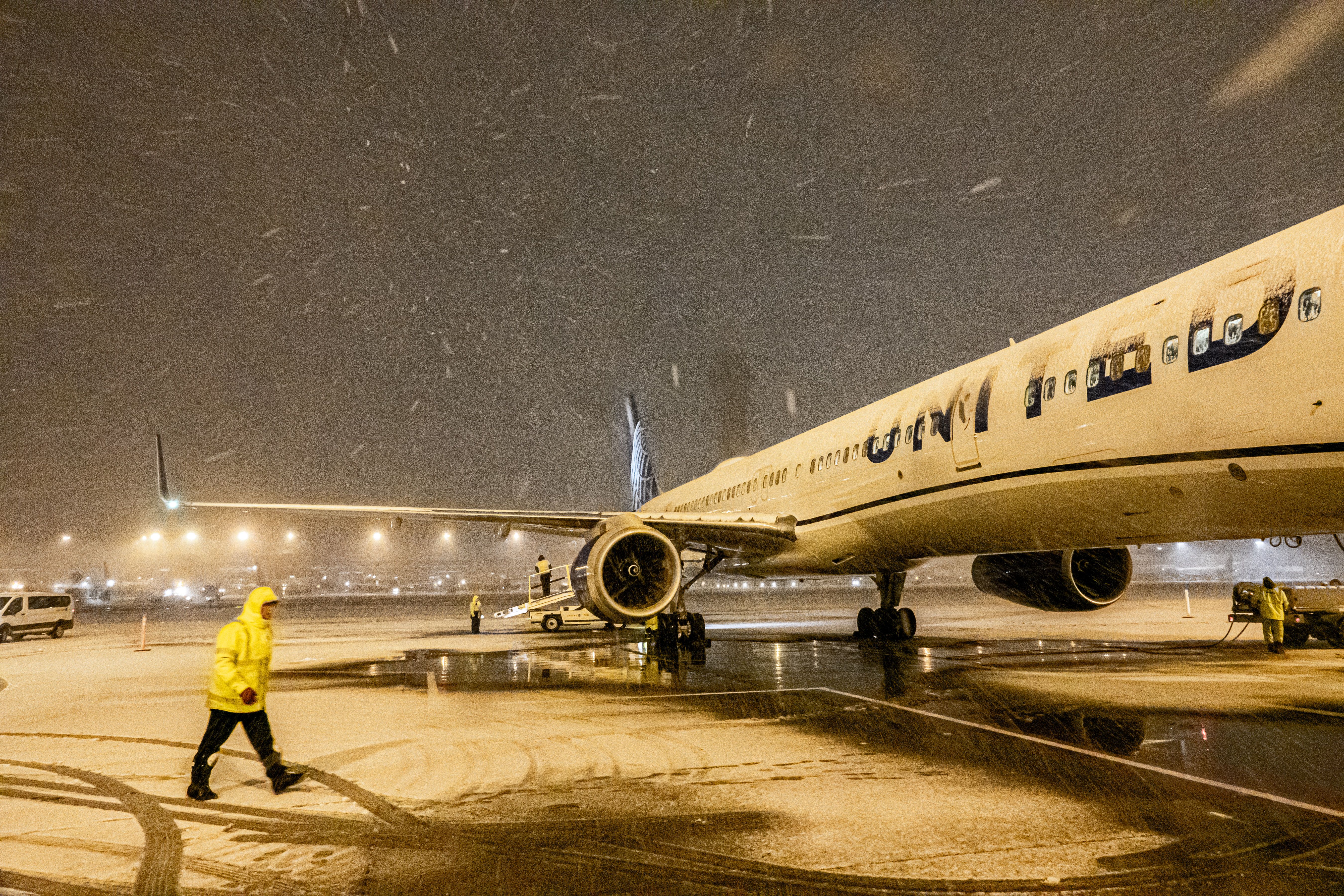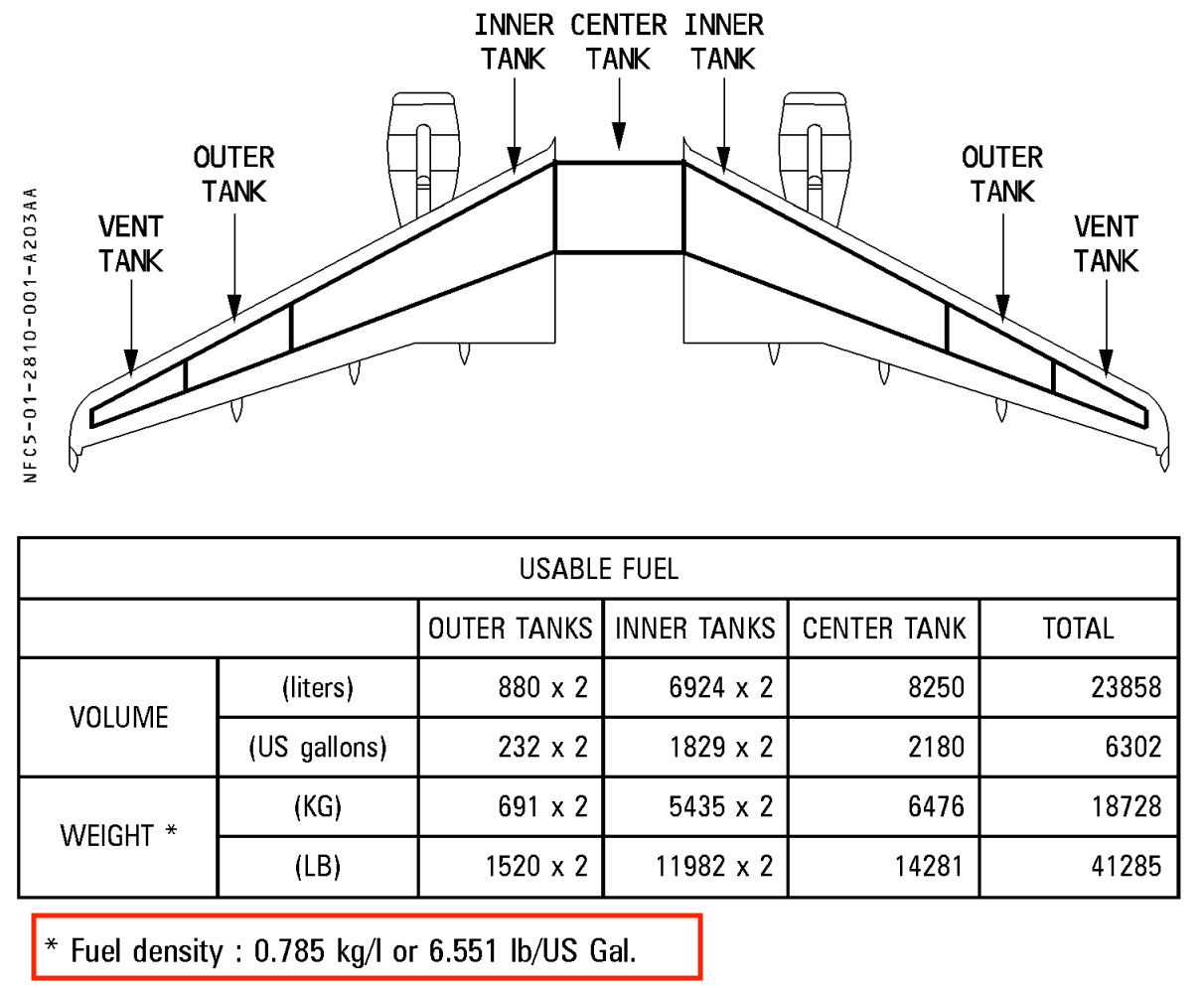The amount of fuel an aircraft can carry depends on a lot of factors. These include the capacity of the tank, the attitude of the aircraft while parked, the fuel temperature, and most importantly, the fuel density. This last factor can increase or decrease the fuel uplift sometimes by a large margin.
The Specific Gravity (SG) of fuel
The Specific Gravity (SG) of a fluid is its density compared to that of water.
As almost all airliners we have today are fitted with jet engines, in this article our “fuel” will be Jet A-1. To find the SG of Jet A-1, the first requirement is to find the relative density of the fuel itself. To find the density of the fuel, a device called a hydrometer can be used.
A hydrometer is a calibrated tube that can be dipped in the fluid to be measured. The fluid, in our case the fuel, can be put in a cylinder and the hydrometer pushed into the cylinder filled with fuel. Once the hydrometer settles, readings can be taken from the hydrometer scale to measure the density of the fuel.
At the ISA (International Standard Atmosphere) temperature of 15 degrees Celsius, Jet A-1 fuel has a density of 800 kg/m^3. And at the same temperature, water has a density of about 1,000 kg/m^3. With this information, the SG of Jet A-1 can be calculated as shown below:
SG = Density of Jet A-1/ Density of Water
= 800/1000
= 0.80
How the prevailing temperature affects the SG
In airplanes, fuel is always given as a weight. Either in Pounds (lb) or kilogram (kg). However, fuel is delivered by fuel companies in liters (l). To convert the liter to kg, the SG is used. For example, if an aircraft is delivered with 7,000 liters of fuel and if the SG is 0.80, the amount of fuel in kg is equal to (7,000l x 0.80) = 5,600 kg.
As we have seen, the SG figure is based on a fuel density calculated at a temperature of 15 degrees Celsius. If the temperature were to increase, the density reduces as it is inversely proportional to temperature. The reduced density reduces the SG and this reduces the fuel in terms of weight. For example, if the density of Jet A-1 is 780 kg/m^3 at 30 degrees Celsius, the SG becomes 0.78. Using the same 7,000 liters of fuel at this SG, the fuel in kg becomes (7,000l x 0.78) = 5,460 kg. The increase in temperature reduced the fuel uplift by 140 kg.
Why this happens because an increase in temperature causes fuel to expand and increase its volume. Thus, it takes up more space in the tank(s).
How all of this applies in the real world
You can think of an aircraft being fueled up in Dubai, UAE for a flight to Yellowknife, Canada. Say, the temperature in Dubai is 40 degrees Celsius. At this temperature, the fueler delivers 25,000 liters of fuel. If the SG of fuel is given as 0.79, then the fuel in kg is equal to (25,000l x 0.79) = 19,750.
When the aircraft arrives at Yellowknife, the temperature has dropped to -15 degrees Celsius. To make the return trip back to Dubai, it is decided to uplift the same 25,000 liters. Same as before, the fueler in Yellowknife delivers the aircraft with the fuel. The SG in Yellowknife is 0.83 due to the reduced temperature and now, in kg, the fuel is equal to (25,000l x 0.83) = 20,750 kg. Thus, due to reduced temperatures in Yellowknife, the pilots can uplift 1,000 kg of fuel more than they were able to in Dubai.
This can be quite beneficial if the pilots need more fuel. With the reduced temperatures, the fuel tank can accommodate a lot more.
In airplane flight manuals, the maximum fuel capacity is always given with a reference SG for this reason. The manufacturer determines the current SG when they measure the tank capacity. Hence, the aircraft tanks could very well take in more fuel than what is in the manual if the SG increases beyond the manufacturer reference SG.






